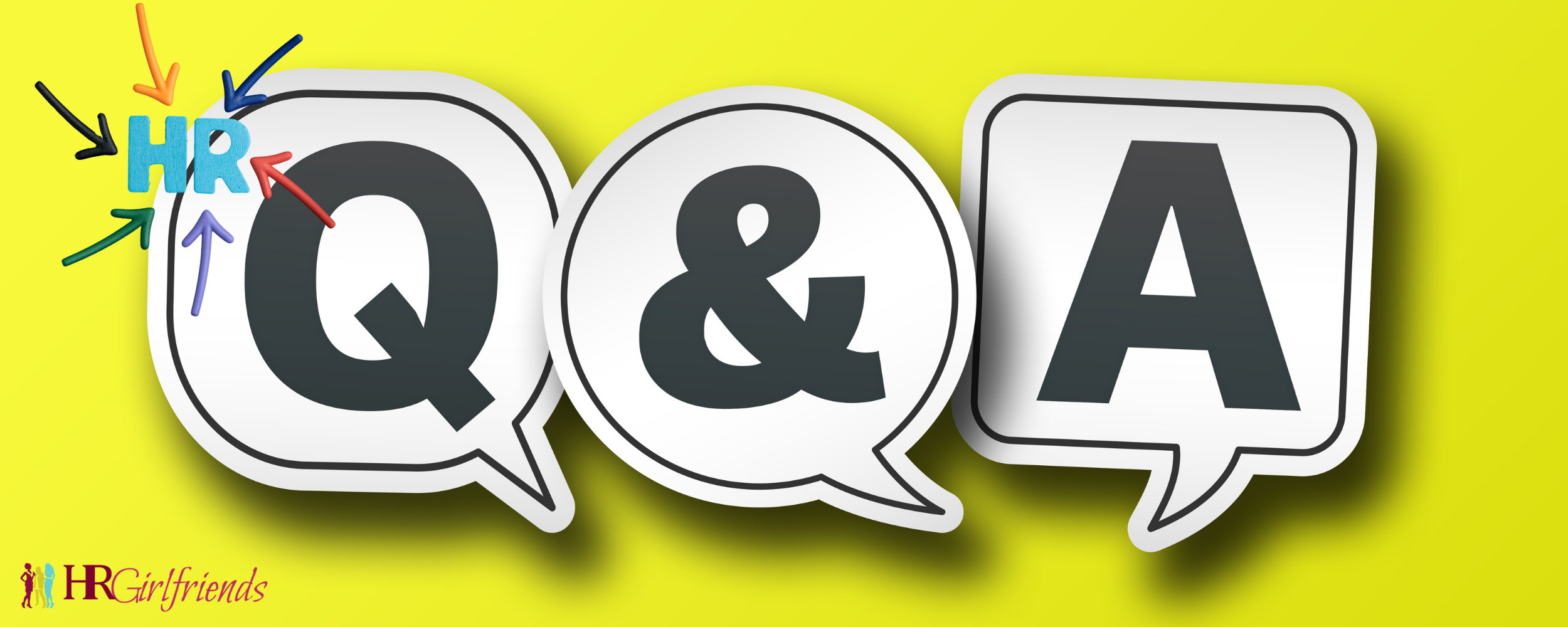Equal Pay Day
Equal Pay Day was originated by the National Committee on Pay Equity (NCPE) in 1996 as a public awareness event to illustrate the gap between men’s and women’s wages.
Since Census statistics showing the latest wage figures will not be available until late August or September, NCPE leadership decided years ago to select a Tuesday in April as Equal Pay Day. (Tuesday was selected to represent how far into the next work week women must work to earn what men earned the previous week.) The date also is selected to avoid religious holidays and other significant events.
Because women earn less, on average than men, they must work longer for the same amount of pay. The wage gap is even greater for most women of color.
(Source: wwww.pay-equity.org)

Save 23% Today Only!
What’s at Stake Today
The wage gap is a harsh reality for women, regardless of education and work experience — and it only gets worse as women’s careers progress. The wage gap typically translates into more than $10,000 per year in lost earnings for women. The good news is that there’s a clear path ahead to fair pay for women.
Measuring the Wage Gap: Women of every race are paid less than men, at all education levels- and it only gets worse as women’s careers progress.
What Is NWLC Doing?
The NWLC has been working for more than four decades to make sure men and women earn the same pay for the same work — and women’s wages have come a long way in that time. But there’s still a lot more to be done.
NWLC is advocating for Congress to pass the Paycheck Fairness Act, a common-sense bill that would make it easier for women to combat wage discrimination, keep businesses from punishing their employees for discussing their pay, and make sure victims of wage discrimination are compensated.
Plus, since women tend to be concentrated in low-wage jobs — a full two-thirds of minimum-wage workers are women — raising the minimum wage is another key measure that would have a huge impact on the wage gap. We’re working with state and federal lawmakers to support raising the wage to promote fair pay for women.




